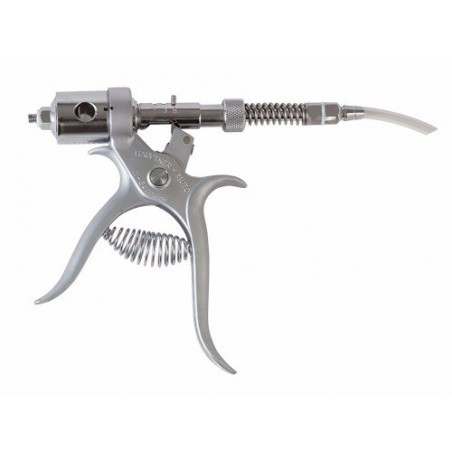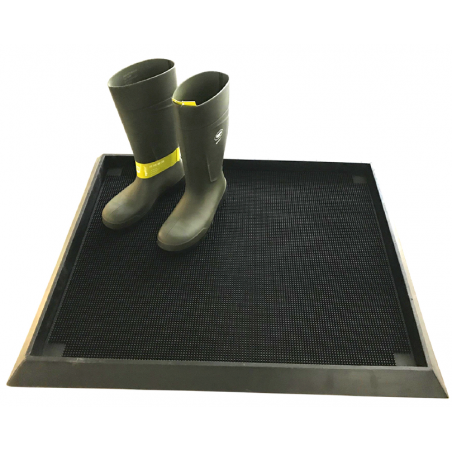In the last five years, Argentine pig production has grown by 31.5%, from 483,000 tonnes in 2015 to 635,000 tonnes in 2019. Although its industry is far from being considered among the world's top producers, it is beginning to show significant annual growth (about 8%). In 2018, 6.7 million animals were slaughtered (621,000 tonnes); and in 2019, 6.9 million (635,000 tonnes). This growth has been made possible due to improved production, greater domestic consumption, and exports taking off.
Its health status is good. Argentina is officially free from important animal diseases, CSF, ASF, PRRS, Aujeszky, among others. And there are control programs for trichinosis, foot and mouth disease, and tuberculosis.

Until recently the farrowing rate was 82%, with an average of 10.8 piglets weaned per litter; today the piglets weaned per litter is 14.5-15.
Regarding meat consumption, in Argentina it has varied, both in terms of amounts and species. Twenty to thirty years ago, Argentinians consumed about 90 kg of beef, 8 kg of chicken and 3-4 kg of pork per capita. Today they consume 51.3 kg of beef, 46 kg of chicken and 17 kg of pork. In other words, more meat per capita than three decades ago.
However, the loss of purchasing power (around 60%) due to the economic crisis that the country has been suffering since 2018, and which is currently at its worst, has led to a change in the population's diet. Beef, the quintessential product of the national diet, fell at the end of 2019 to its lowest level since 2011 (51.3 kg per person). It no longer stands out and shares prominence with chicken and pork.
Although the export-import balance of Argentine pork is negative (80% comes from Brazil), in the last five years it has increased by 700%. This last year 16,000 tons were exported.
May 28, 2020/ Foreign News Bulletin-MAPA/ Spain.
https://www.mapa.gob.es







